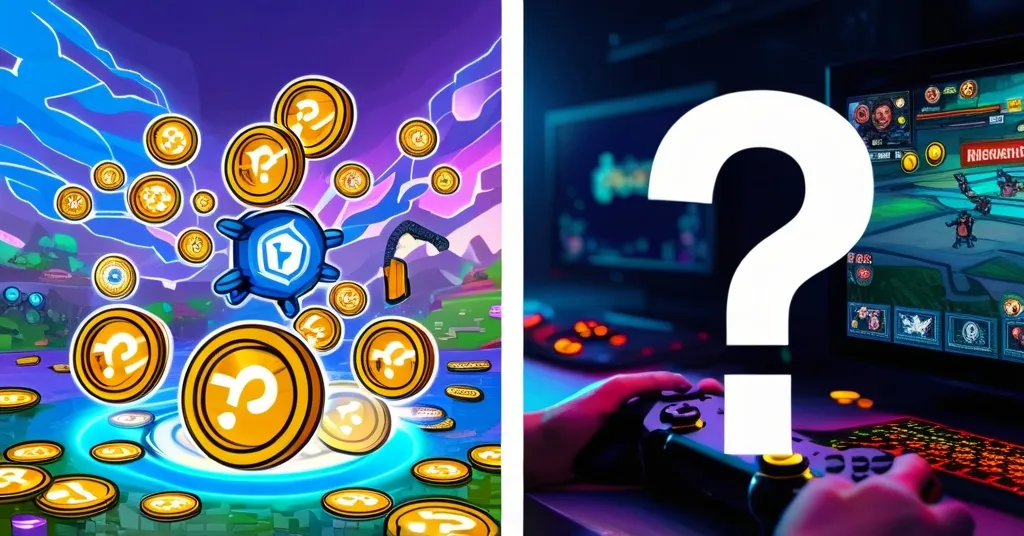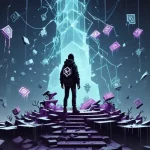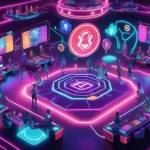Blockchain Gaming Faces Identity Crisis: Balancing Free-to-Play and True Digital Ownership

The Ownership Paradox in Blockchain Gaming: Navigating the New Frontier
Blockchain gaming, once seen as a leader in digital asset ownership, is grappling with a significant dilemma. The much-vaunted promise of in-game asset ownership is ironically acting as a roadblock to wider adoption. This dual nature is pushing games away from compulsory NFT purchases towards more accessible free-to-play models, sparking a debate about the future of digital ownership.
- 71.1% of professionals believe digital asset ownership is the main benefit of blockchain games.
- Free-to-play models are challenging the essence of blockchain gaming.
- 53.9% highlight onboarding as a primary challenge.
- Interoperability and Web3 innovations are still largely theoretical.
- New Ethereum standards offer potential for advancing digital property rights.
Moving to free-to-play models is a tactical move to attract traditional gamers who are reluctant to invest in NFTs upfront. However, this transformation dilutes the core appeal of blockchain games—true ownership of digital assets. The pressing question is: “How much blockchain can a blockchain game omit before it’s no longer a blockchain game?” This speaks to the identity crisis the sector is facing.
Axie Infinity and similar games tried using NFT rental systems to reduce entry hurdles, but these often led to bottlenecks, failing to tackle the larger issue of difficult onboarding procedures. The 2024 Blockchain Game Alliance (BGA) report highlights that over half of industry insiders see onboarding as a critical barrier.
Innovative prospects like interoperability and Web3-native features could improve digital ownership but remain mostly theoretical. The idea of ‘ownership’ in Web3 is criticized for being “vastly overhyped and largely unsupported by any substantial product-market fit,” echoing the industry’s struggle to turn theoretical advancements into palpable gaming experiences.
Promising developments are emerging with new Ethereum standards such as ERC-6551, ERC-4337, and ERC-404, along with soulbound tokens (SBTs). These innovations hint at a future where digital property rights might be more robust, enabling the sought-after interoperability and authentic ownership. The Loot NFT collection serves as a case in point for how these composable frameworks could encourage derivative projects, adding new layers of complexity and value to gaming ecosystems.
Blockchain gaming stands at a pivotal crossroads. It must find a way to allow players to “experience the fun first and discover the value of ownership organically.” As the balance between blockchain integration and player enjoyment is fine-tuned, the notion of “true ownership” remains an open question. The industry’s ability to reconcile these conflicting demands will shape its future course.
The ongoing debate invites reflection: Can blockchain games truly deliver on the promise of digital asset ownership without sacrificing player experience? Will emerging standards finally close the gap between theory and practice? These questions could define the next era of gaming.



